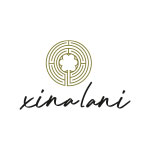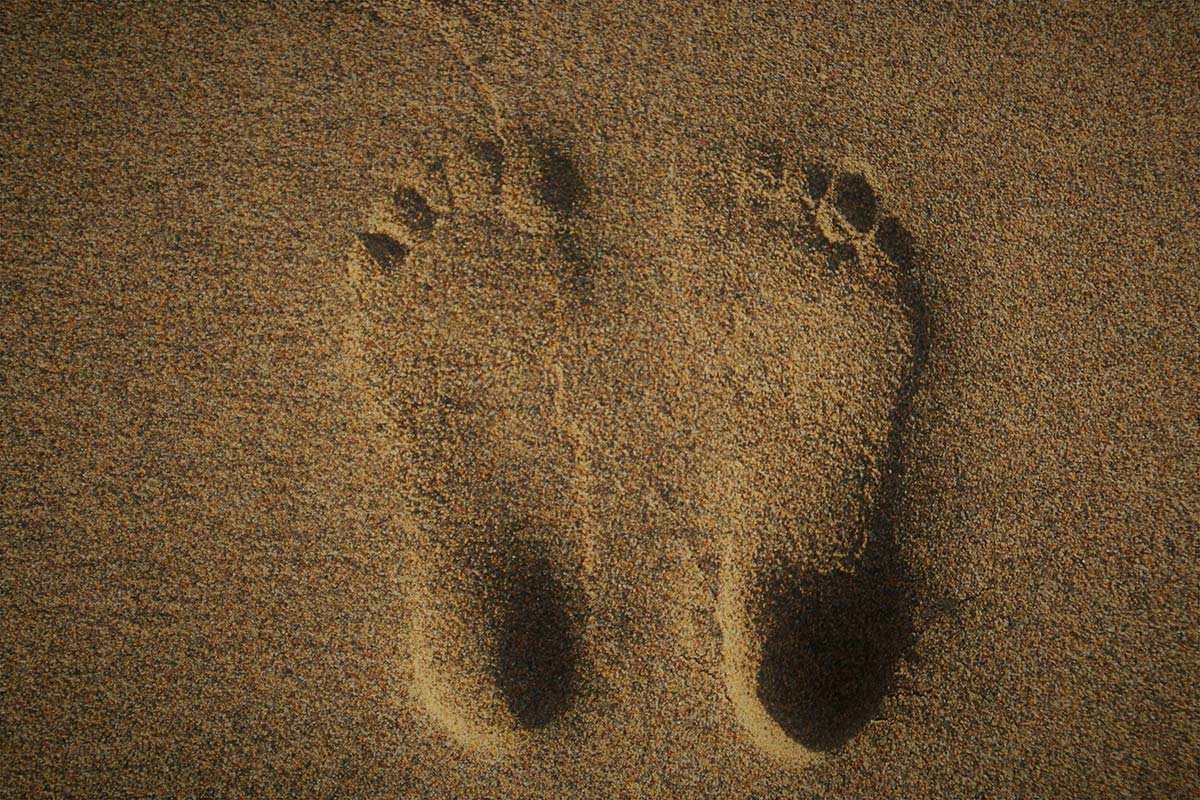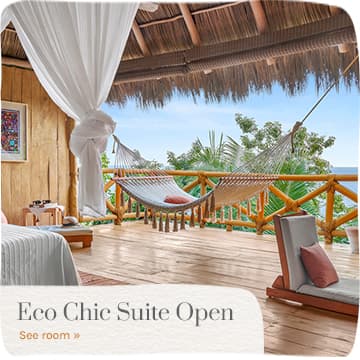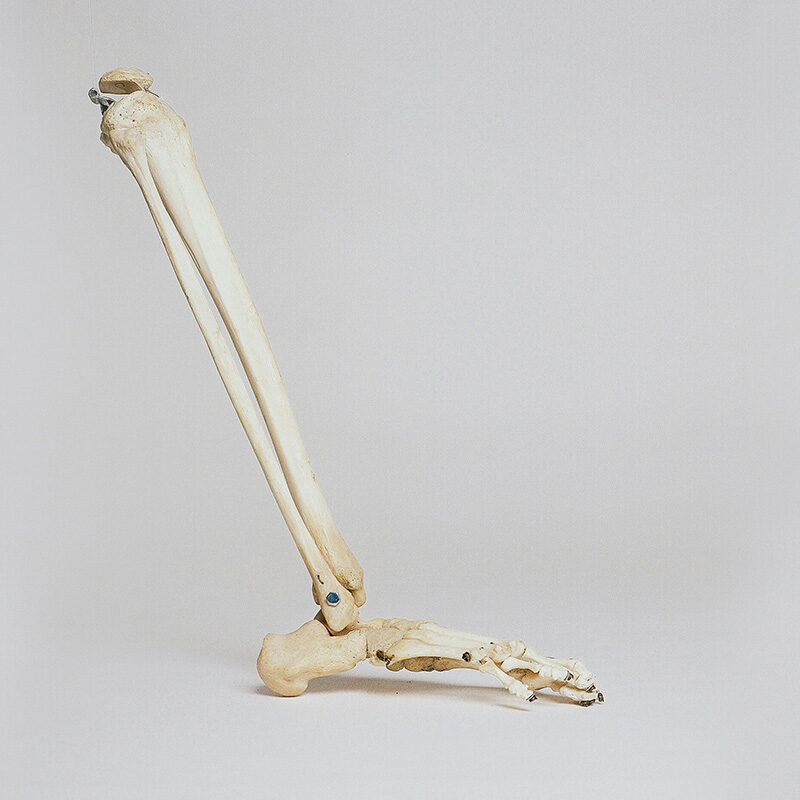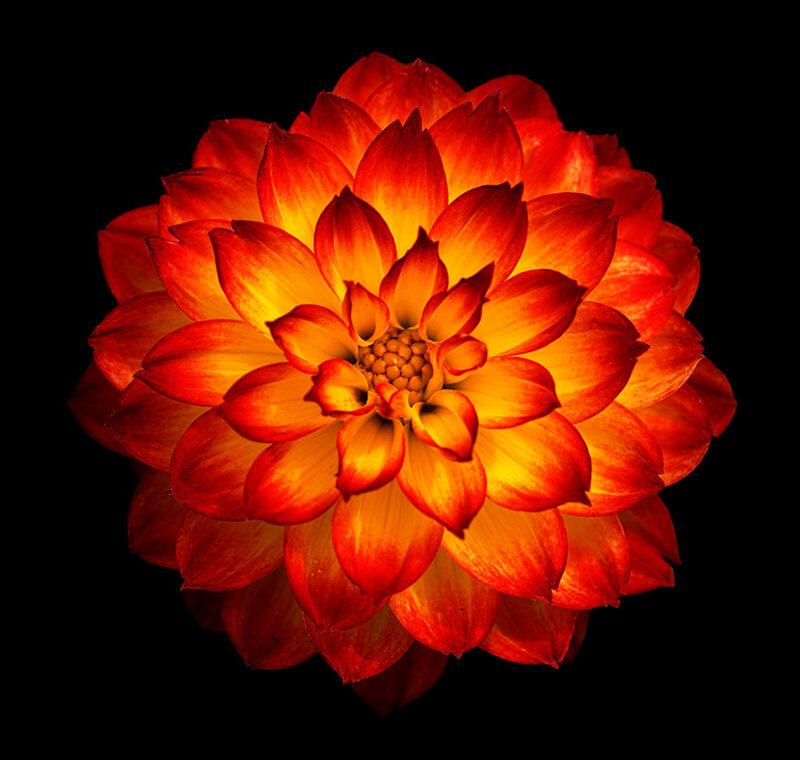Reflexology is an ancient healing practice rooted in the belief that specific points on the feet, hands, and ears correspond to different organs and systems within the body. By applying pressure to these areas, reflexologists aim to promote balance, alleviate pain, and enhance overall well-being. While modern science is still exploring the full extent of its benefits, reflexology has gained popularity worldwide as a complementary therapy for various health conditions.
Xinalani's All Inclusive Packages
The Origins and Principles of Reflexology
The practice of reflexology dates back thousands of years, with evidence of its use in ancient Egypt, China, and India. In these cultures, it was believed that energy flows through the body along specific pathways, and that blockages in this energy could lead to illness. Reflexology is based on the concept that the body contains "reflex zones," and that stimulating these zones can remove energy blockages, thus restoring harmony and promoting healing.
Beautiful Eco Chic Rooms and Beach Casitas
One of the key figures in the modern development of reflexology was Dr. William Fitzgerald, an American physician who, in the early 20th century, introduced the concept of "zone therapy." He proposed that the body could be divided into ten vertical zones, each corresponding to different organs and systems. Eunice Ingham, a physiotherapist, further developed this concept, mapping out specific reflex points on the feet that corresponded to various body parts, laying the foundation for modern reflexology.
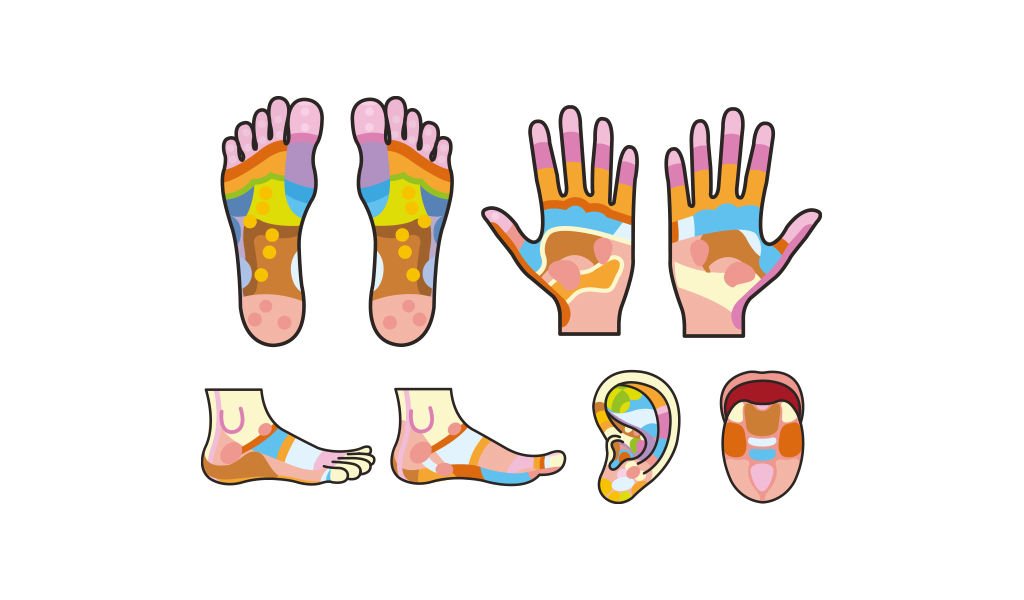
How Reflexology Works
Reflexologists believe that the feet, hands, and ears are microcosms of the body, containing reflex points that correspond to every organ, gland, and system. By applying pressure to these points, practitioners stimulate the nervous system and encourage the body to release tension and improve circulation. This stimulation is thought to trigger the body’s natural healing processes, promoting physical, emotional, and mental well-being.
A typical reflexology session involves the practitioner using their thumbs, fingers, or specialized tools to apply pressure to specific reflex points. The session typically lasts 30 to 60 minutes and may focus on the feet, hands, or ears, depending on the client’s needs. The pressure applied can vary from gentle to firm, depending on the sensitivity of the area and the client’s comfort level.
Benefits of Reflexology
Reflexology is used to address a wide range of health issues, from chronic pain to stress-related conditions. Some of the most commonly reported benefits include:
- Stress Reduction: Reflexology is known for its relaxing effects, helping to reduce stress and anxiety by calming the nervous system and promoting a sense of well-being.
- Pain Relief: Many people seek reflexology for relief from chronic pain conditions such as headaches, migraines, and back pain. By stimulating specific reflex points, reflexologists aim to alleviate pain by improving circulation and releasing endorphins, the body’s natural painkillers.
- Improved Circulation: Reflexology is believed to enhance blood flow, which can help deliver oxygen and nutrients to cells more efficiently, aiding in detoxification and promoting healing.
- Enhanced Sleep: For those struggling with insomnia or poor sleep quality, reflexology may help by promoting relaxation and reducing stress, making it easier to fall asleep and stay asleep.
- Support for Digestive Issues: Reflexology is also used to address digestive problems, such as irritable bowel syndrome (IBS) and constipation, by stimulating reflex points related to the digestive system.
- Boosted Immune Function: Regular reflexology sessions may help strengthen the immune system by promoting balance and encouraging the body’s natural healing processes.
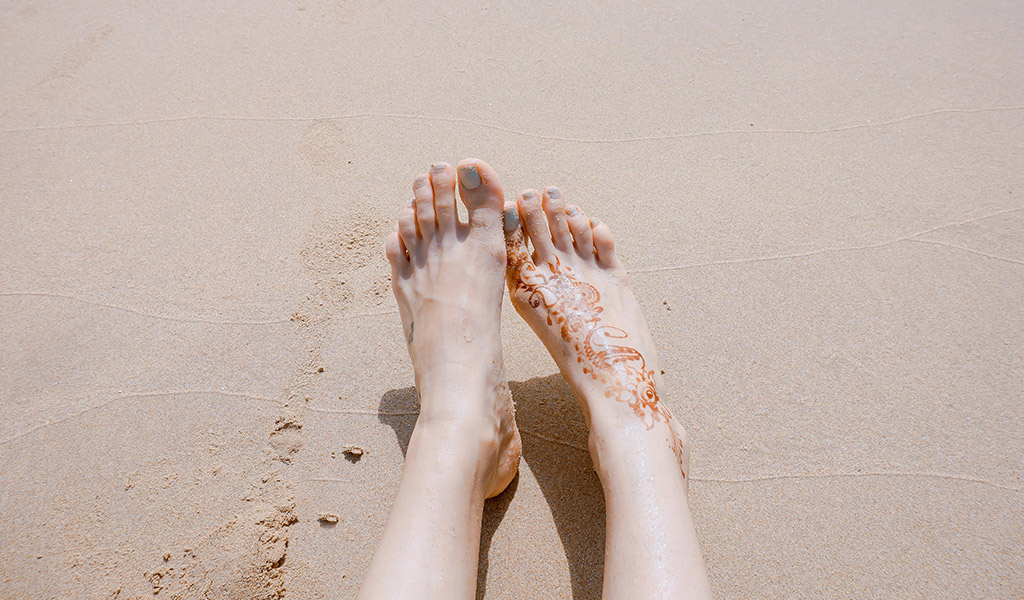
Reflexology in Modern Healthcare
While reflexology is not a substitute for conventional medical treatment, it is increasingly being recognized as a valuable complementary therapy. Many healthcare providers integrate reflexology into holistic treatment plans, particularly for patients dealing with chronic pain, stress, and other long-term conditions. Research into reflexology is ongoing, with studies suggesting that it may have positive effects on various health outcomes, including pain management, anxiety reduction, and improved quality of life.
Conclusion
Reflexology offers a gentle, non-invasive approach to health and wellness that resonates with many people seeking natural ways to support their well-being. Whether used as a complement to conventional medicine or as a standalone practice for relaxation and stress relief, reflexology provides a pathway to greater balance and harmony within the body. As with any therapy, it’s important to consult with a qualified practitioner to ensure it’s appropriate for your individual needs, and to use it as part of a broader approach to health that includes proper nutrition, exercise, and medical care.
About the Author
